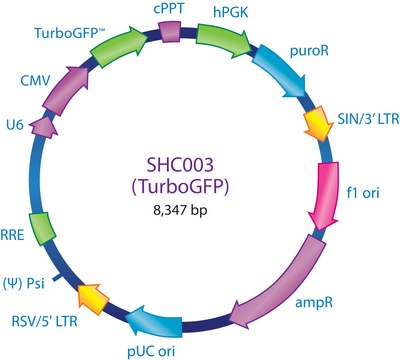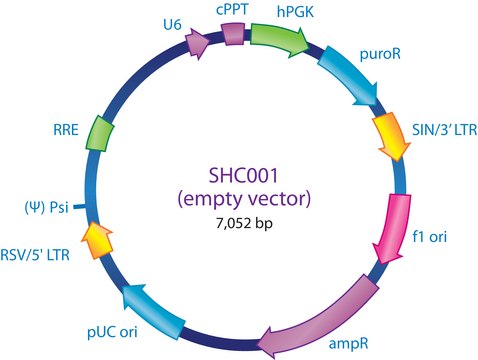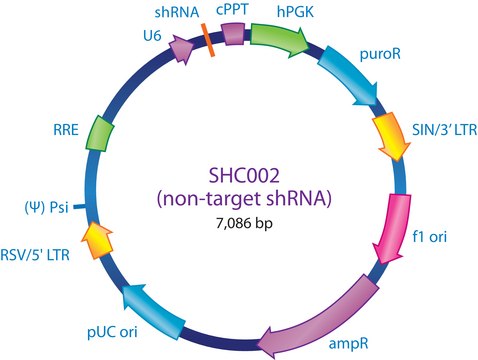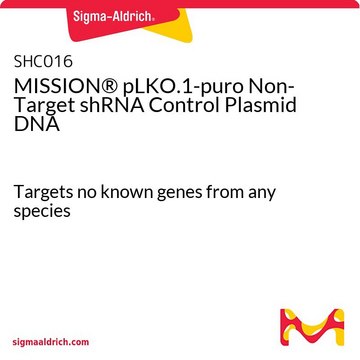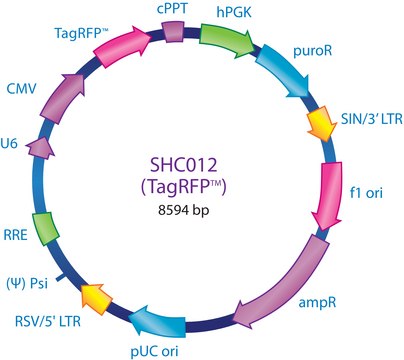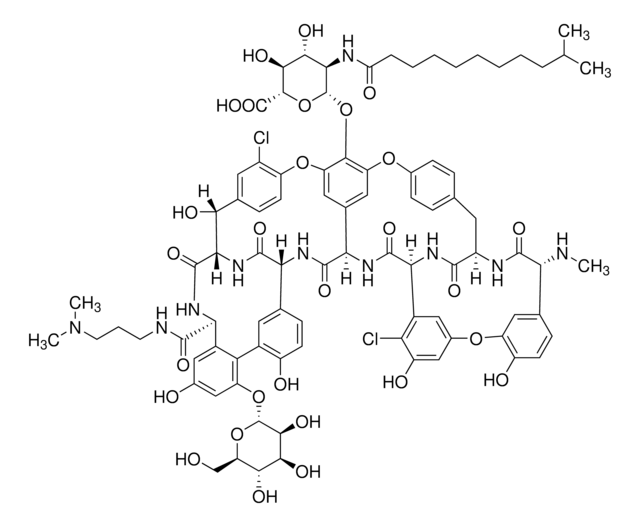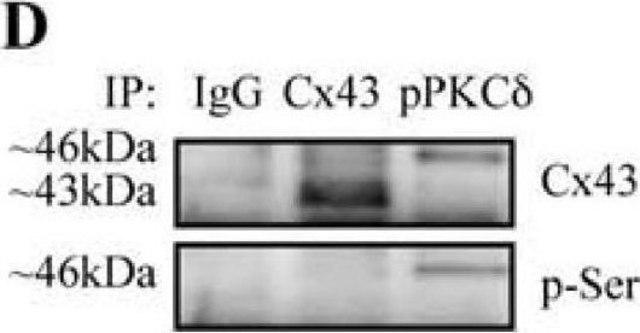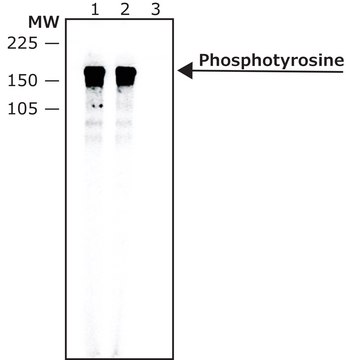Key Documents
Safety Information
SHC012V
MISSION® pLKO.1-puro-CMV-TagRFP™ Positive Control Transduction Particles
Contains a gene encoding TagRFP
Synonym(s):
MISSION®, MISSION® Control Transduction Particles
Select a Size
Select a Size
About This Item
Recommended Products
Quality Level
product line
MISSION®
concentration
≥1x106 VP/ml (via p24 assay)
technique(s)
capture ELISA: 106 TU/mL using p24
shipped in
dry ice
storage temp.
−70°C
Looking for similar products? Visit Product Comparison Guide
Related Categories
1 of 4
This Item | P6623 | P1869 | P5872 |
|---|---|---|---|
| antibody form purified immunoglobulin | antibody form purified immunoglobulin | antibody form purified immunoglobulin | antibody form purified immunoglobulin |
| conjugate unconjugated | conjugate unconjugated | conjugate unconjugated | conjugate unconjugated |
| biological source mouse | biological source mouse | biological source - | biological source mouse |
| clone PSR-45, monoclonal | clone PTR-8, monoclonal | clone pT-154, monoclonal | clone PT-66, monoclonal |
| technique(s) dot blot: suitable, microarray: suitable, indirect ELISA: 0.3-0.6 μg/mL using phosphoserine conjugated to BSA, western blot: 2.5-5.0 μg/mL using total rat brain extract. | technique(s) dot blot: suitable, immunocytochemistry: suitable, immunoprecipitation (IP): suitable, indirect ELISA: 0.5-1 μg/mL, microarray: suitable, western blot: 5-10 μg/mL using A431 cell extracts | technique(s) direct ELISA: suitable, immunohistochemistry: suitable, microarray: suitable, western blot: 2-4 μg/mL using total extract of A431 cells stimulated by EGF | technique(s) flow cytometry: suitable, immunocytochemistry: suitable, immunohistochemistry: suitable, immunoprecipitation (IP): suitable, indirect ELISA: 0.5-1.0 μg/mL using phosphotyrosine conjugated to BSA, radioimmunoassay: suitable, western blot: 0.25-0.5 μg/mL using total cell extract of human platelets |
| shipped in dry ice | shipped in dry ice | shipped in dry ice | shipped in dry ice |
General description
To see more application data, protocols, vector maps visit sigma.com/shrna.
Application
This construct aids in interpretation of experimental design and results by providing a red fluorescent protein marker for monitoring success in transduction of your cells of interest.
Legal Information
recommended
Storage Class Code
12 - Non Combustible Liquids
WGK
WGK 3
Flash Point(F)
Not applicable
Flash Point(C)
Not applicable
Regulatory Information
Choose from one of the most recent versions:
Certificates of Analysis (COA)
Don't see the Right Version?
If you require a particular version, you can look up a specific certificate by the Lot or Batch number.
Already Own This Product?
Find documentation for the products that you have recently purchased in the Document Library.
Our team of scientists has experience in all areas of research including Life Science, Material Science, Chemical Synthesis, Chromatography, Analytical and many others.
Contact Technical Service